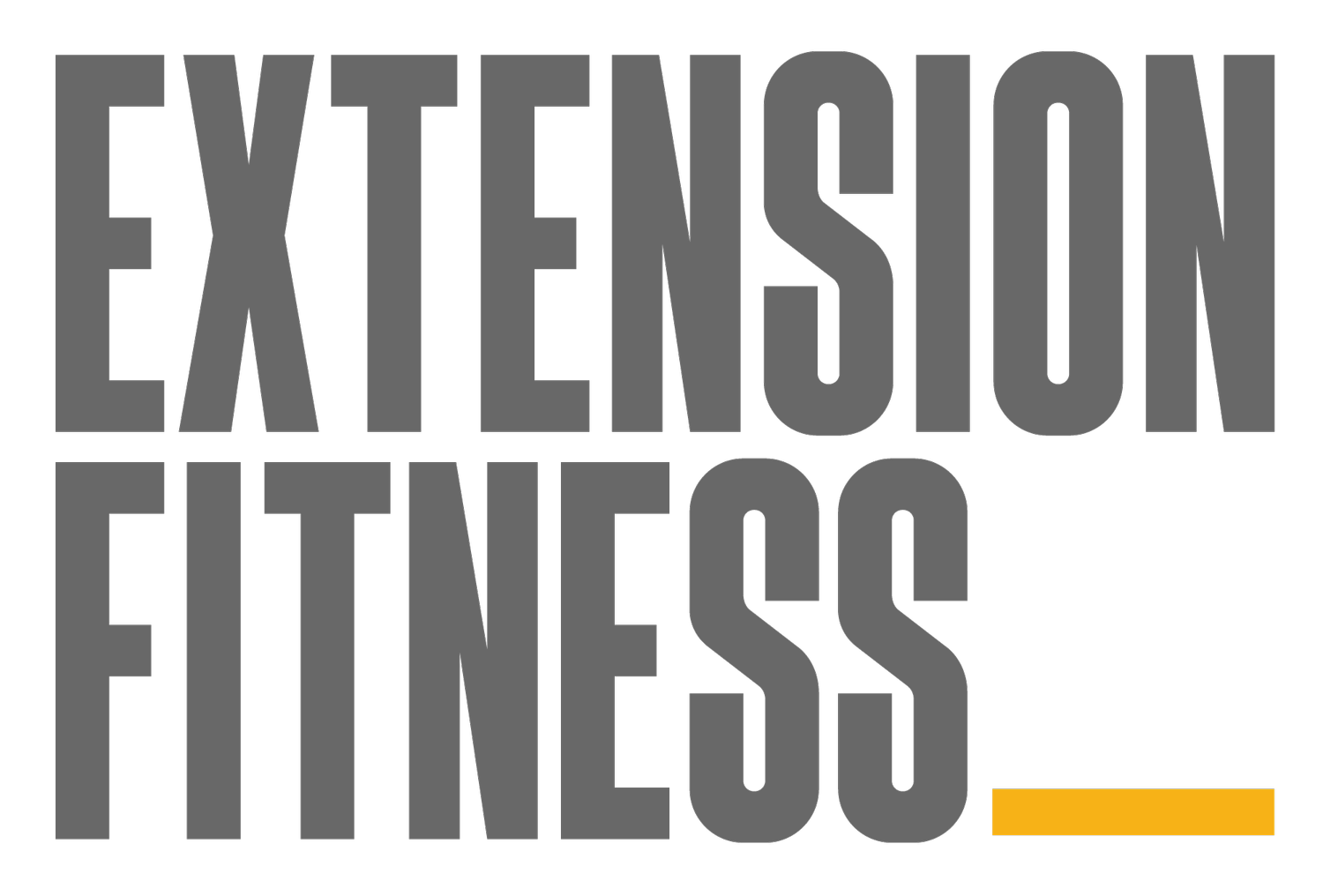Kelpie Korrespondent #1: Does 80/20 training really work for recreational athletes?
Get faster by going slower!
This is the tongue-in-cheek motto of proponents of the dominant training paradigm for endurance sport. According to this paradigm – which has been phenomenally successful – endurance athletes should do most of their training at a relatively low intensity. On top of this mountain of low intensity aerobic training is a snowy peak of high intensity work.
Here is a contrarian theory on 80/20 training: it may not be the best approach for recreational athletes who also have full-time jobs and significant other responsibilities, like raising children. Maybe I’m wrong? But I have a hunch that I’m on to something.
In other words, if you are doing endurance training for some event, or series of events, as opposed to endurance exercise for general fitness, could it be that there is a better way to train than by the 80/20 method?
Let me tell you about my own experience.
In 2019, the major event I focused on was a half marathon – the HBF run for a reason in Perth, Western Australia; May, 2019.
At the end of 2018, I was in good form over 5K and 10K. That year, I had run a 19:18 Parkrun 5K and a 12K - the Perth City to Surf - in 49:30. Not too shabby for a 39 year old.
In the second half of that year I dialled down my cross training habits (boxing, swimming, indoor rowing) and ratcheted up my running mileage. It seemed to add speed. Happy days.
In December I started a new job that was highly sedentary – much more sedentary than my previous sedentary job! In this new job, I could get to 1pm having taken fewer than 1500 steps.
2019 hit and I began to home in on the HBF “half” as a target race. I trimmed the intensity down (just a sprinkle now), beefed up the volume and – hey presto – a massive half marathon PB! 4 minutes lopped off.
But during that winter I found it pretty difficult to get up any decent speed.
I strained my back in a boxing fitness class and it niggled for months; flaring up, dying down, flaring up, dying down. But never going away.
It was more difficult than it had been to lift furniture and to bring my A game to a rough-housing session with my kids.
And I was stale. Running became a little boring: a healthy thing to do while you listen to podcasts. I raced a 12K in August 2019 – the City to Surf – and I was four minutes slower than in 2018.
So, I donned my contrarian hat, slid into my curmudgeonly cardigan and lit up my heretic’s pipe in order to do a little thinking: why not backtrack down the path and reacquaint myself with the other trail I had been treading. That was not an 80/20 trail. It was probably a 70/30 trail – who knows? Who cares?
On this trail, there is a lot of variety and plenty of huffing and puffing. But quite a lot less running. But what about performance? Well, I switched trails and the times are heading in the right direction – and pretty quickly.
“Enough with the analogies!” I hear you say. “What’s your point!?”
Are you an office working runner with a busy life away from the sport? I think that you ought to take the 80/20 consensus with a grain of salt.
Modern life is setting you up to fail in terms of general fitness and you need to compensate with movement that is multi-directional.
You probably cannot stay consistently uninjured without a level of general athleticism, which means you ought to be doing some strength training.
And I reckon you and your contemporaries can’t get the kind of aerobic fitness needed to run fast without doing some non-running endurance training (cycling, rowing, the stairmaster and so on) to lessen the fatigue that comes with running – for most people.
So there you have it – an opinion and my own personal experience. A flimsy foundation to make any recommendations from. BUT, if you are an office working runner with a full life who is persistently injured or sore, you may like to test my hypothesis.
Stay tuned for tips on how.
*Why Kelpie Korresponent?
The Kelpie is a dog breed renowned for its energy and exuberance, and unrelenting need for physical work. They also have a reputation for destroying all manner of things when they are cooped up and not allowed to run around. People are like dogs, and some people are like Kelpies – impossible to live with when not sufficiently ‘run’. Kelpie Korrespondent posts are musings about things that may interest fellow Kelpies, wannabee Kelpies or friends of Kelpies. Broadly speaking, these posts will be about some facet of human endurance performance.
